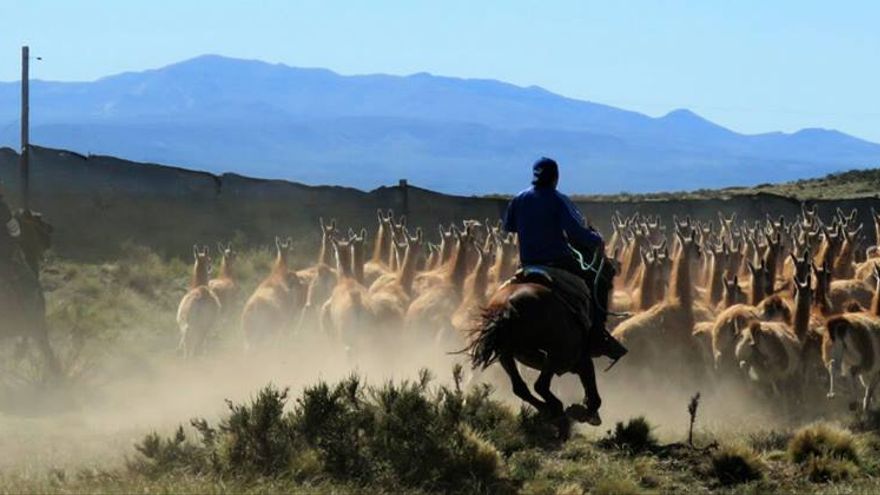

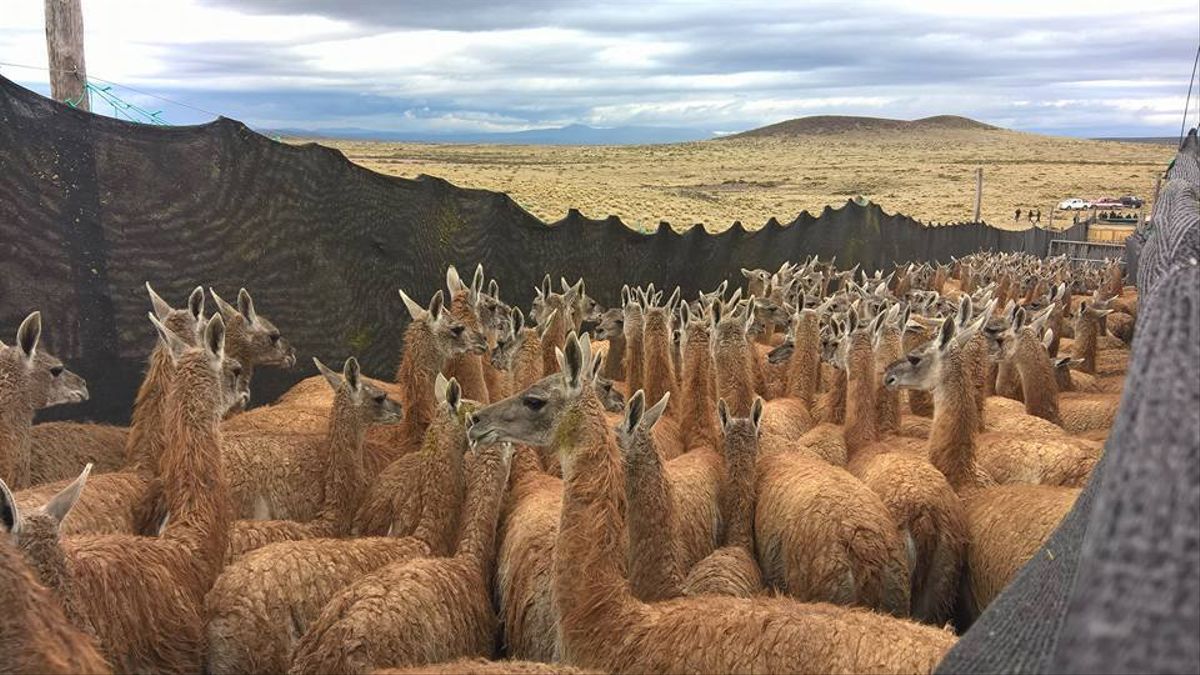

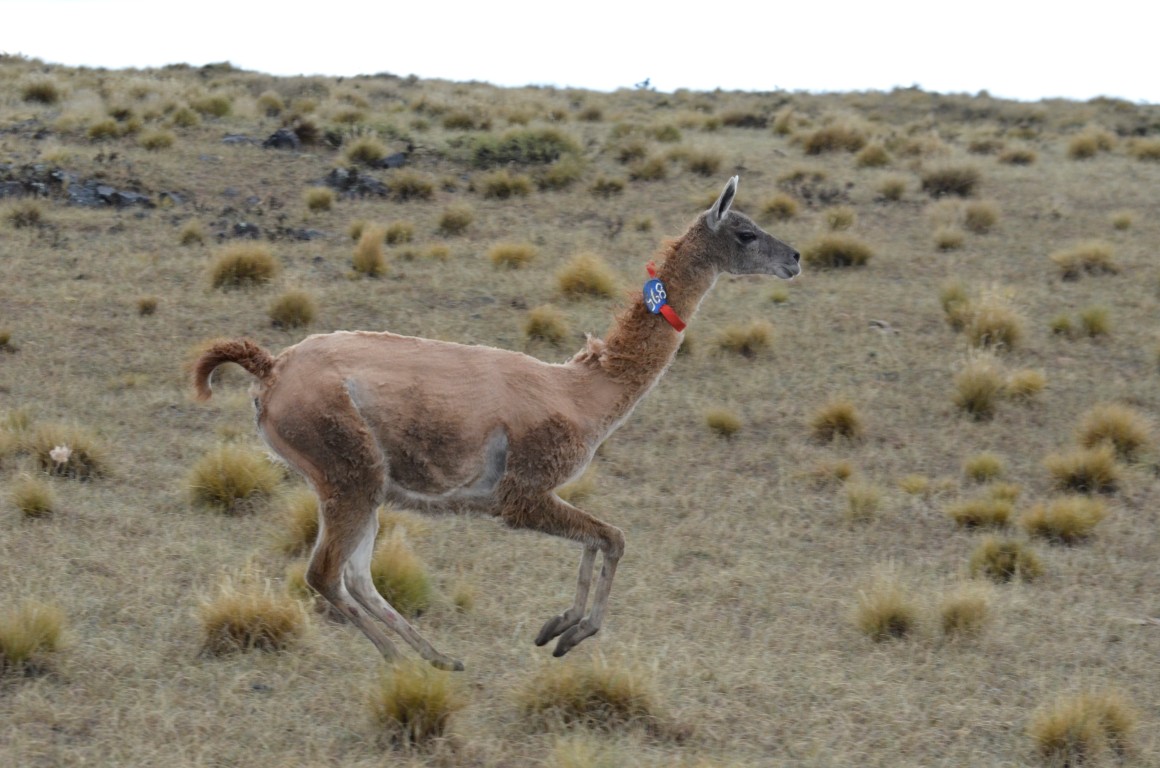
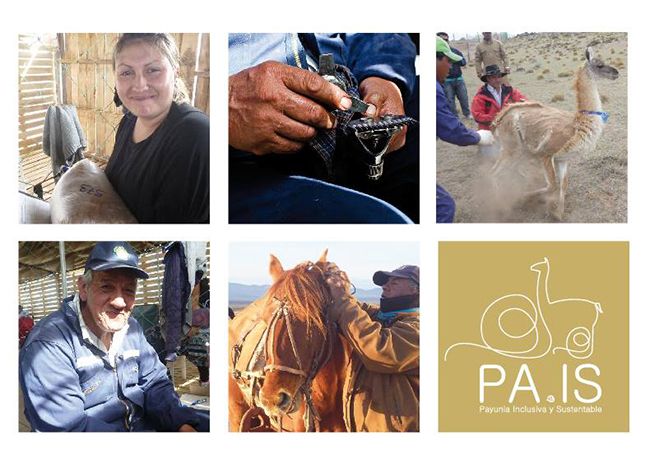
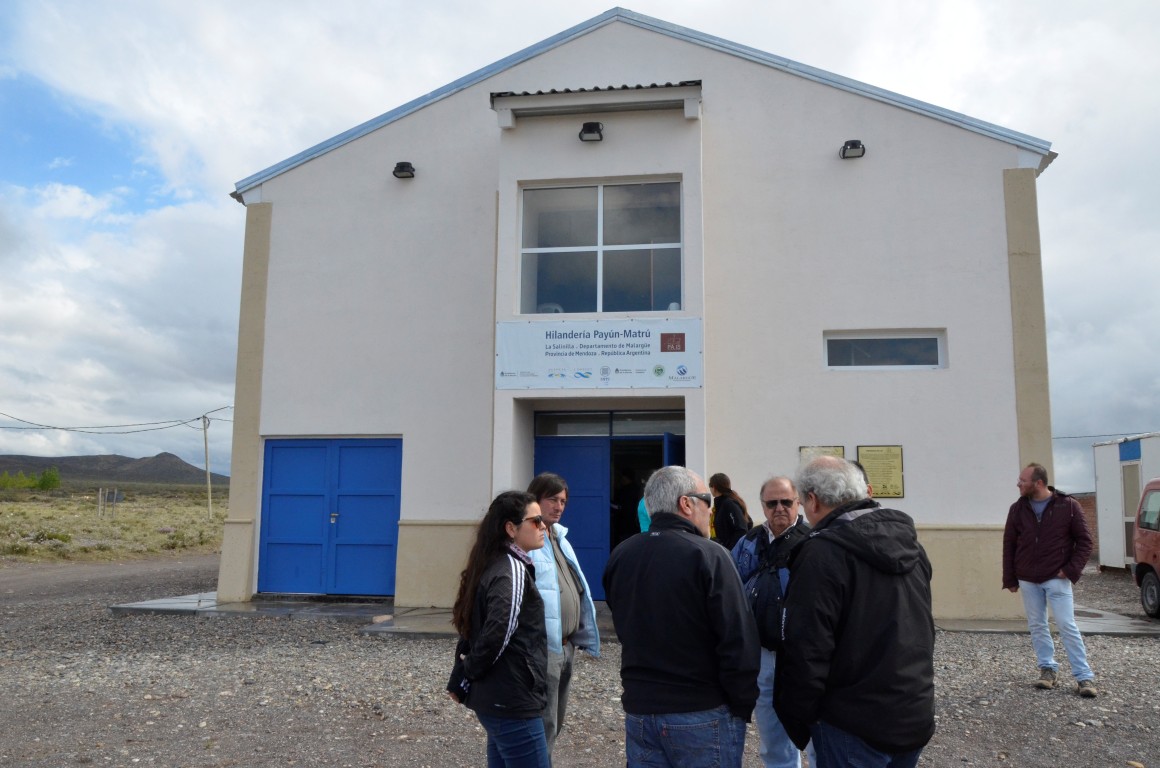
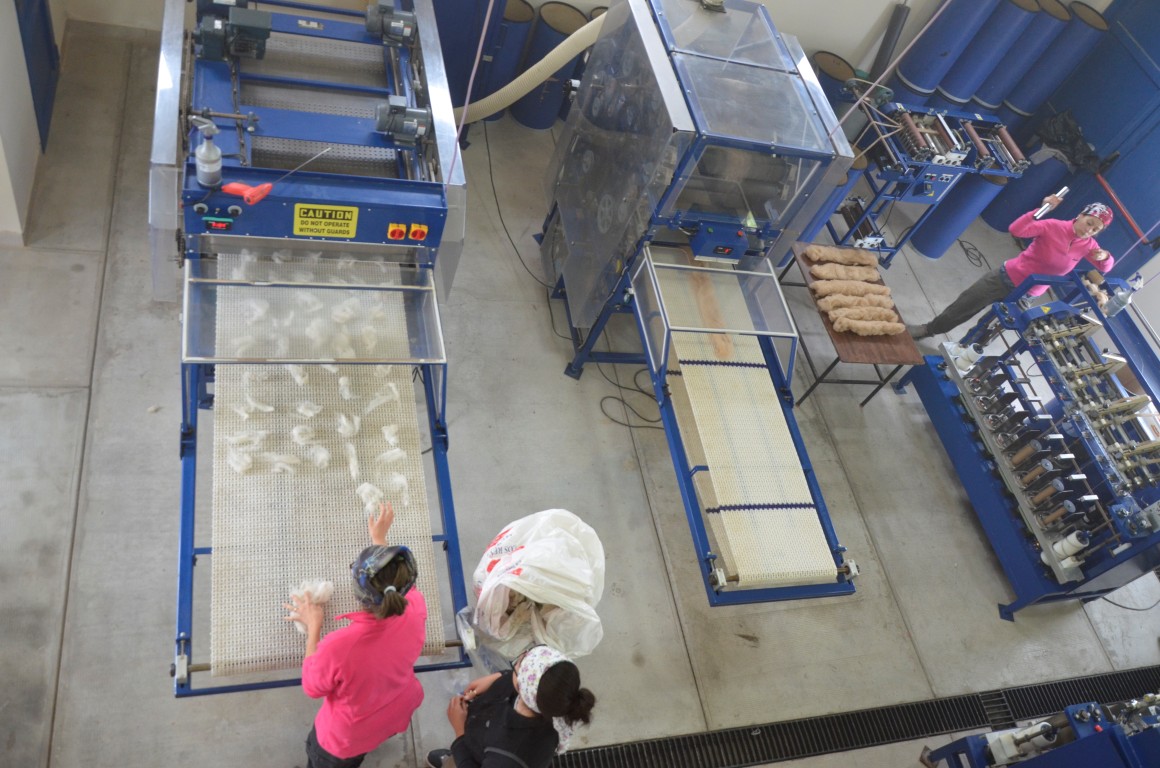

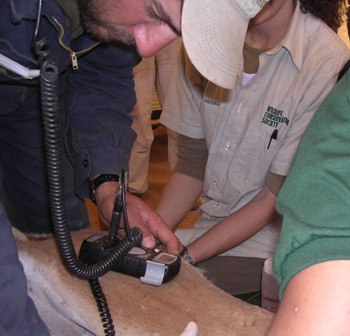
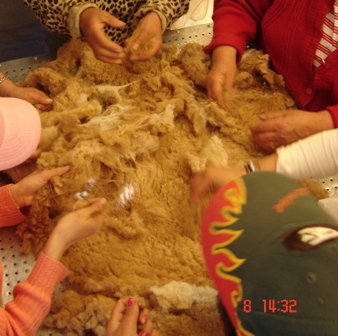
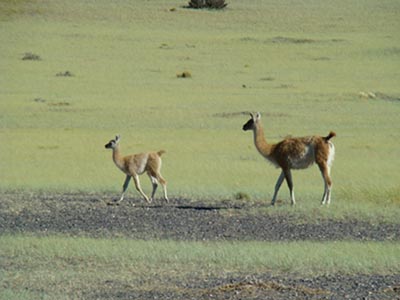

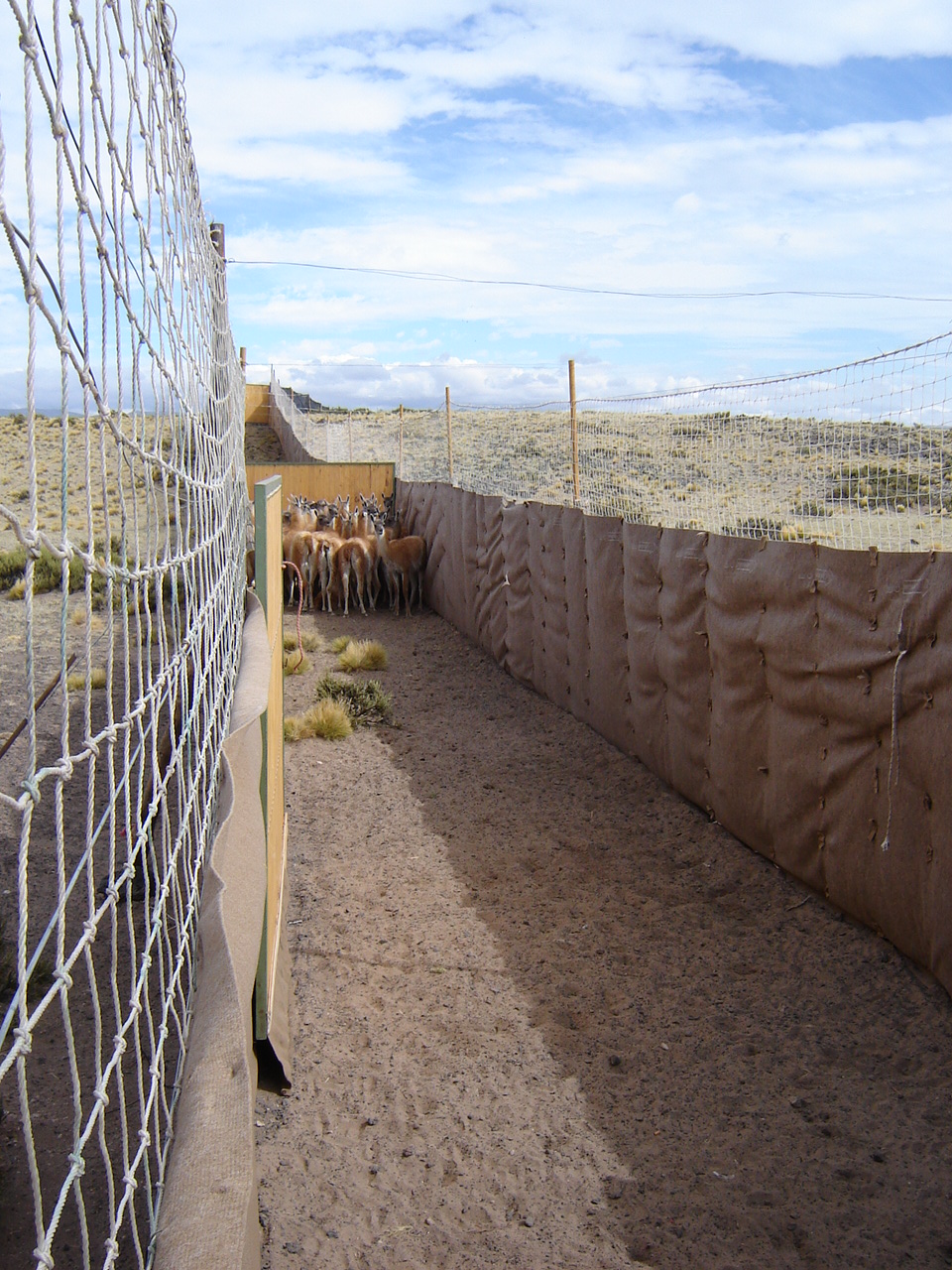
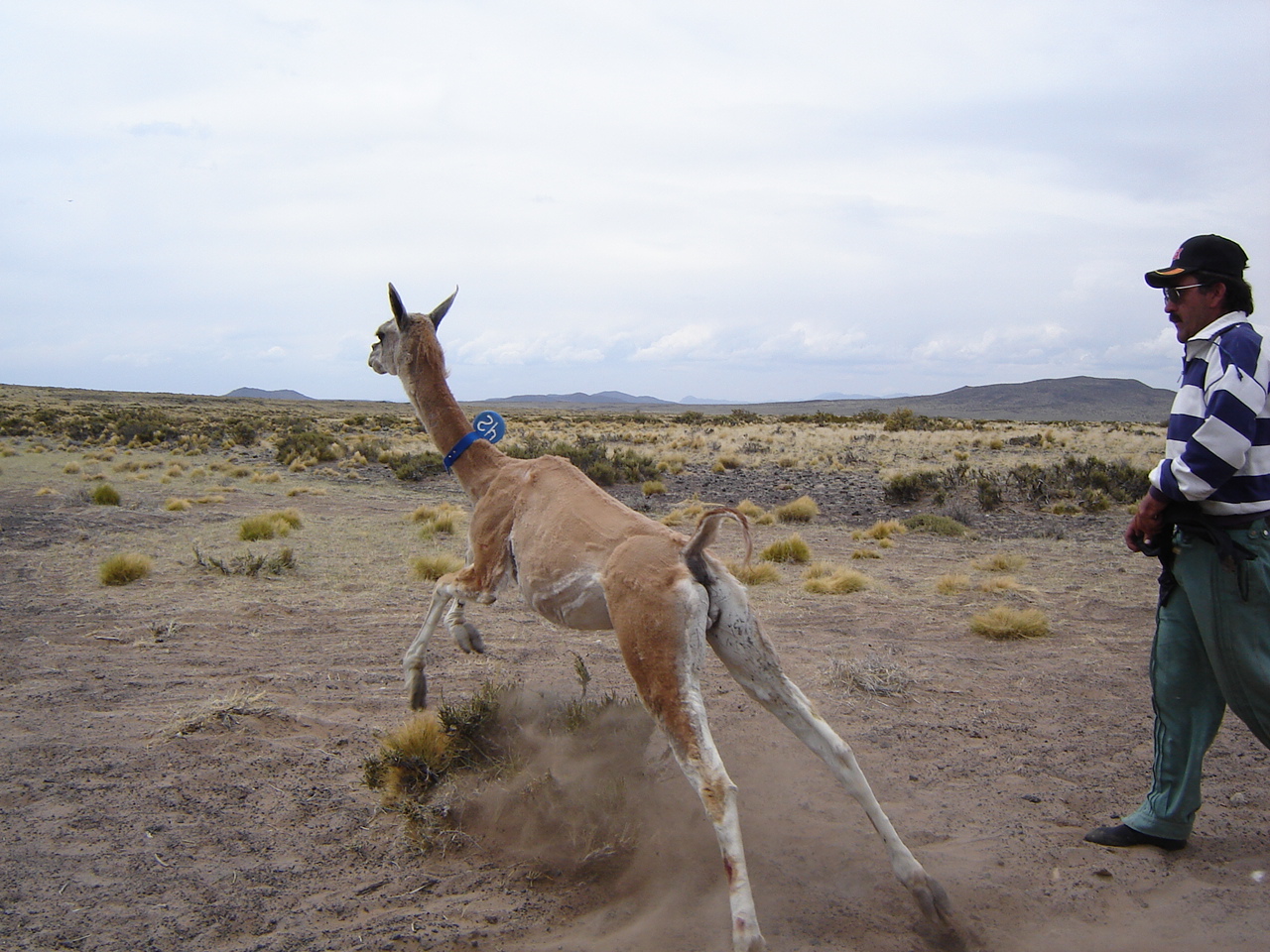
La esquila anual de guanacos por parte de la Cooperativa Payún Matrú está siendo supervisada de cerca por el Departamento de Recursos Naturales Renovables de Mendoza para garantizar que los ingresos económicos potenciales que proporciona la lana de guanaco sean viables y sostenibles. Al mismo tiempo, los miembros de la Cooperativa entienden que haciendo "buenas prácticas" reciben "buenos beneficios". El CONICET ha probado y desarrollado métodos para minimizar el estrés de los guanacos individuales durante la captura y el manejo, que reducen los impactos negativos a nivel poblacional. Nuestro conocimiento de los procesos ecológicos, fisiológicos y conductuales que "constriñen" a estos camélidos en La Payunia, basado en más de 10 años de estudio, nos coloca en una posición única para asesorar y enseñar a los actores de la cooperativa y del gobierno cómo minimizar los impactos de la esquila en vivo sobre esta población. Continuaremos capacitando a los miembros de la Cooperativa Payún Matrú en "buenas prácticas" para realizar la captura y esquila de guanacos silvestres dentro de las Acciones Amigables con la Vida Silvestre. En esta etapa se realizarán las siguientes actividades:
1)Encuestas pre-esquila sobre parámetros poblacionales, 2)La capacitación del personal (sin experiencia) a cargo del manejo de los guanacos durante el arreo, dentro de los corrales y durante la esquila es clave para el éxito de las actividades. 3)Manejo de guanacos silvestres: La captura, esquila y liberación de guanacos silvestres se realizará en dos eventos, entre septiembre y noviembre. 4)Indicadores fisiológicos: estrés fisiológico en función de las condiciones de manejo.5)Encuestas post-esquila sobre parámetros poblacionales como estructura social y densidad poblacional.
-Como estamos trabajando con fauna silvestre, los relevamientos previos a la esquila sobre parámetros poblacionales nos ayudan a seleccionar la mejor zona para armar la estructura de manejo.
-La capacitación del personal es fundamental (y la clave para el éxito de esta solución) para el buen manejo de los animales, evitando mortalidades de guanacos y lesiones de operarios. El manejo de guanacos silvestres es diferente al de cualquier otro animal doméstico, y es necesario utilizar estructuras y herramientas particulares, así como aprender maniobras específicas para su manipulación, teniendo en cuenta el bienestar animal.
-La aproximación al estrés nos da un indicador fisiológico clave para reducir el estrés en relación al tiempo de manejo.
-Los estudios posteriores al esquileo nos dan parámetros clave de la población como la estructura social y la población nos permiten compararlos con los datos anteriores a la experiencia del esquileo en vivo y definir el impacto en la alteración social.